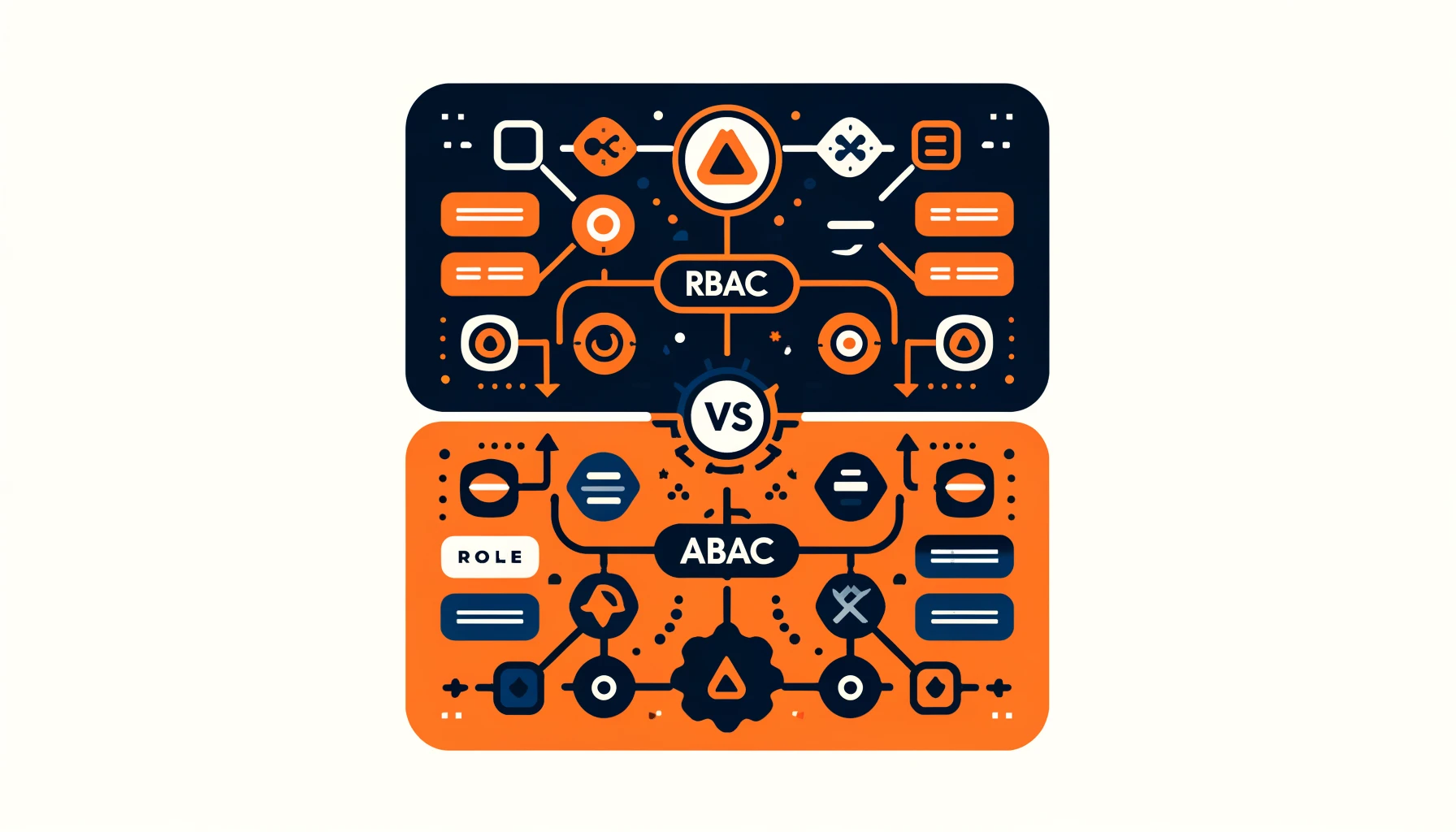
RBAC vs ABAC

Understanding access control in database security and database management is crucial for safeguarding your valuable data assets in today’s ever-evolving landscape. This knowledge is essential for protecting your data.
The basics of access control are important to grasp. The environment is constantly changing. Two main models used in many industries are Role-Based Access Control (RBAC) and Attribute-Based Access Control (ABAC).
This article looks at the main ideas of two models. It compares how they work and provides examples to show their differences and uses.
Introduction: Why Access Control Matters
Access control mechanisms are the cornerstone of information security. They ensure that only authorized users have access to specific resources, thus protecting sensitive information from unauthorized access. As organizations grow and their data becomes more complex, employing an efficient and secure access control system becomes imperative. This is where RBAC and ABAC come into play.
What is RBAC?
Role-Based Access Control (RBAC) is a simple method of assigning access rights based on roles within an organization. Each role has specific permissions that dictate what the user can and cannot access. This model simplifies management and ensures consistency in permission granting. This is particularly efficient in settings with a well-defined organizational hierarchy.
Example: Implementing RBAC in a Database
Picture an organization with a database that requires controlled access. First, the system creates roles such as Admin, Manager, and Employee.
# Command to create roles in PostgreSQL CREATE ROLE Admin; CREATE ROLE Manager; CREATE ROLE Employee;
Next, grant permissions to these roles.
# Granting permissions to roles GRANT ALL PRIVILEGES ON DATABASE company_db TO Admin; GRANT SELECT, INSERT ON TABLE sales TO Manager; GRANT SELECT ON TABLE employee_info TO Employee;
In this setup, users assigned to specific roles will automatically get the necessary permissions. This makes the access control process more efficient.
What is ABAC?
Attribute-Based Access Control is a dynamic model. It uses characteristics of users, resources, and the environment. This is to make access decisions. This flexibility allows ABAC to handle complex and changing requirements more effectively than RBAC.
Example: Setting Up ABAC
Suppose an organization requires a flexible access control system where conditions can vary. For instance, a user can only access certain data in a specific location or at certain times. This means that the system restricts the user’s access to data based on their location or the time of day. For example, they may only be able to view certain information when they are at work or during business hours.
This restriction ensures that users only access sensitive data in secure environments. Here’s how an ABAC rule might look:
# Pseudocode for an ABAC rule IF user.role = 'Employee' AND user.location = 'HQ' AND time.now = '09:00-17:00' THEN ALLOW ACCESS TO file 'company_secrets.docx'
This rule ensures that employees can only access sensitive files during working hours and from the office. This demonstrates the dynamic nature of ABAC.
RBAC vs ABAC: A Comparison
RBAC is ideal for organizations with a clear structure. ABAC offers more detailed control and can adapt to complex situations. Here’s a comparative look:
- Flexibility: ABAC provides greater flexibility than RBAC as it can consider numerous attributes before making a decision.
- Complexity: With flexibility comes complexity; ABAC can be more challenging to implement and manage because of its dynamic nature.
- Performance: RBAC tends to perform faster because its decision-making process is less complex.
- Scalability: ABAC scales better in environments where user roles and attributes are continually changing.
Implementing RBAC in Databases
RBAC in databases like Oracle, PostgreSQL, MySQL, and Snowflake involves creating roles and assigning permissions to those roles. Initially, you must establish roles. Then, the system grants permissions based on the created roles. Each database system has its specific syntax and capabilities:
- Oracle: Supports a robust RBAC system suitable for large enterprises.
- PostgreSQL: Offers extensive support for creating roles and assigning privileges.
- MySQL: Facilitates role-based permissions management.
- Snowflake: Provides a modern approach to RBAC, allowing for secure data sharing across the platform.
Conclusion: Choosing the Right Model
When deciding between RBAC and ABAC, consider your organization’s needs. Make sure to think about the specific requirements of your organization. Evaluate the features and capabilities of both RBAC and ABAC. Choose the access control model that best aligns with your organization’s goals and objectives.
RBAC is a well-established access control model that is effective for organizations with stable structures. Its ease of management and implementation makes it a favored option for numerous institutions.
Alternatively, ABAC is more suitable for environments needing flexibility and precise access control. ABAC gives more detailed control over access decisions by considering factors like user roles, time, location, and other context.
Ultimately, the choice between RBAC and ABAC will depend on the unique requirements of your organization. Before making a decision, it is crucial to thoroughly assess your organization’s access control needs. Factors to consider include scalability, complexity, and the level of control required. RBAC and ABAC have advantages and disadvantages.
It is important to choose the model that aligns with your organization’s goals. Each model has its own strengths and weaknesses. Make sure to consider which one will work best for your organization.
Explore DataSunrise for RBAC and ABAC Management
DataSunrise’s tools excel at managing RBAC and ABAC, ensuring data security, meeting audit rules, masking sensitive information, and addressing compliance requirements. Interested in learning more on the access control and database security? Visit the DataSunrise team for an online demo and discover how their solutions can enhance your data security strategy.
